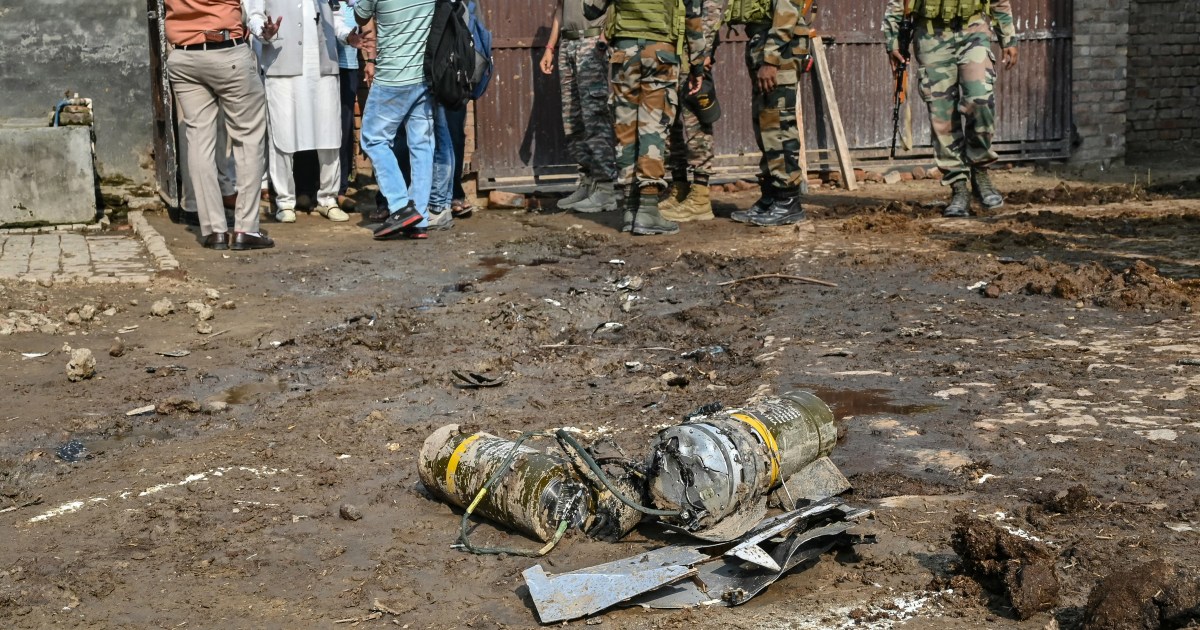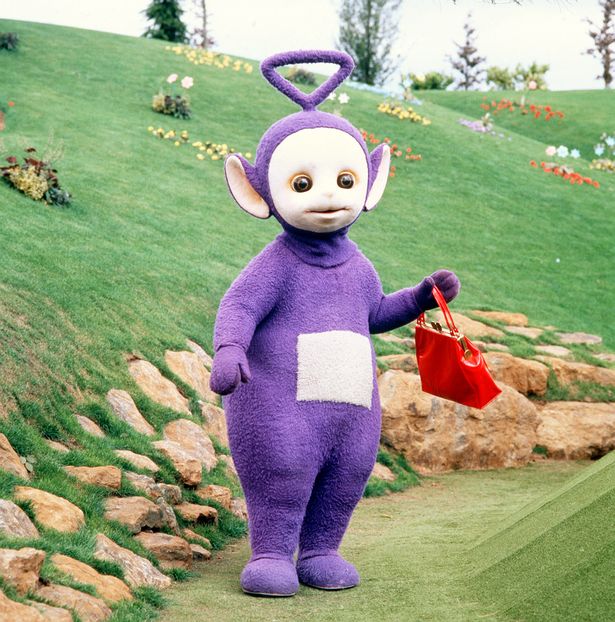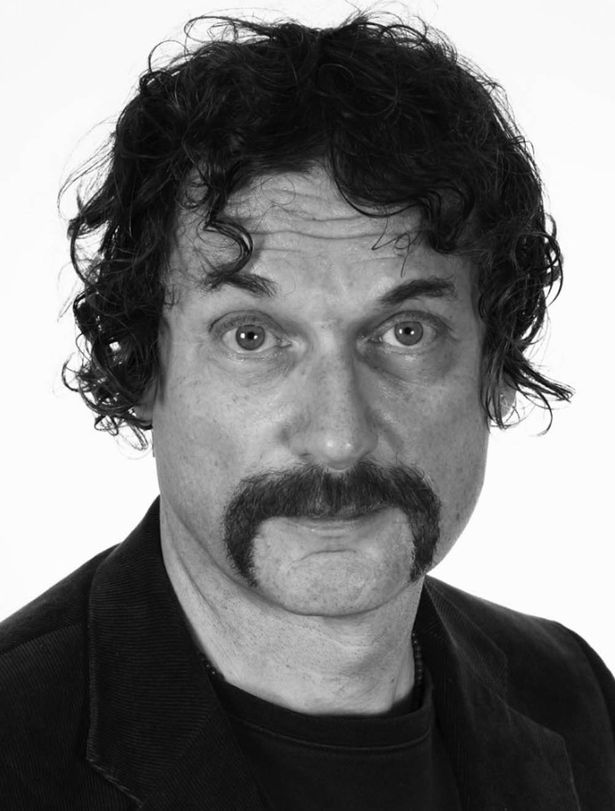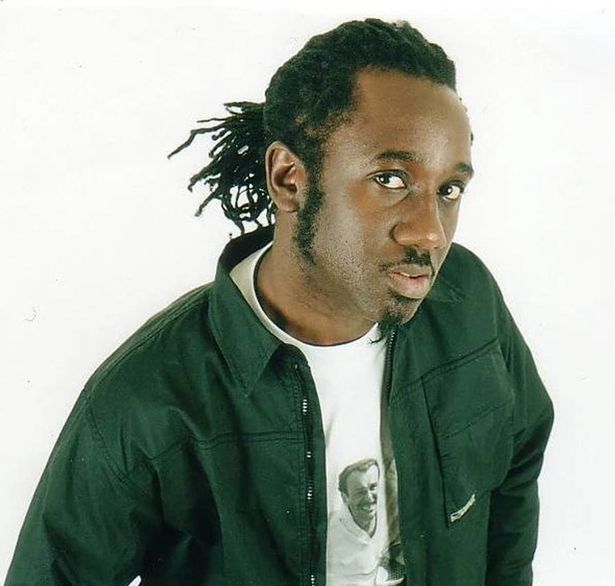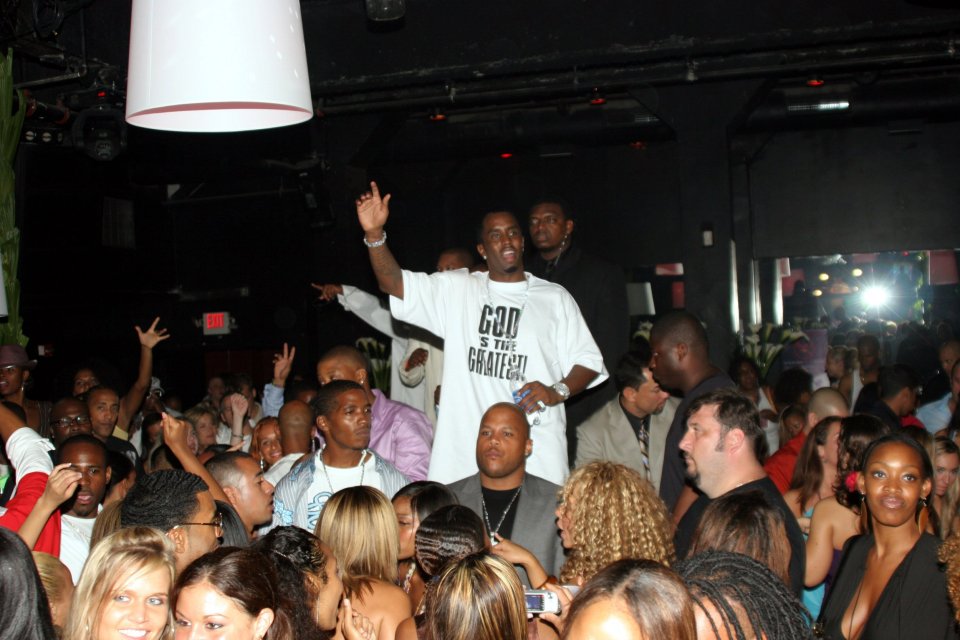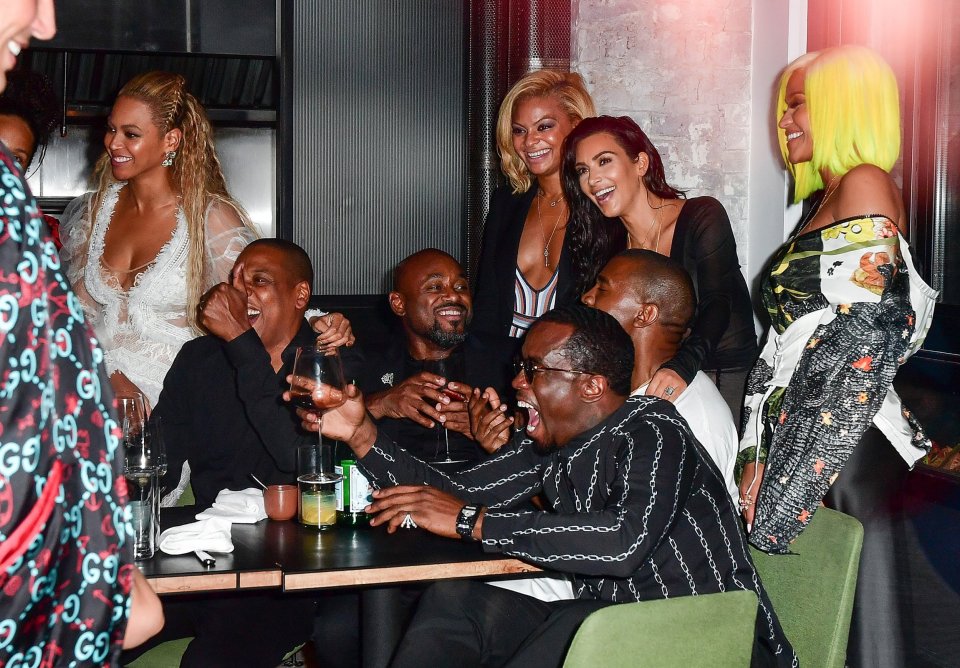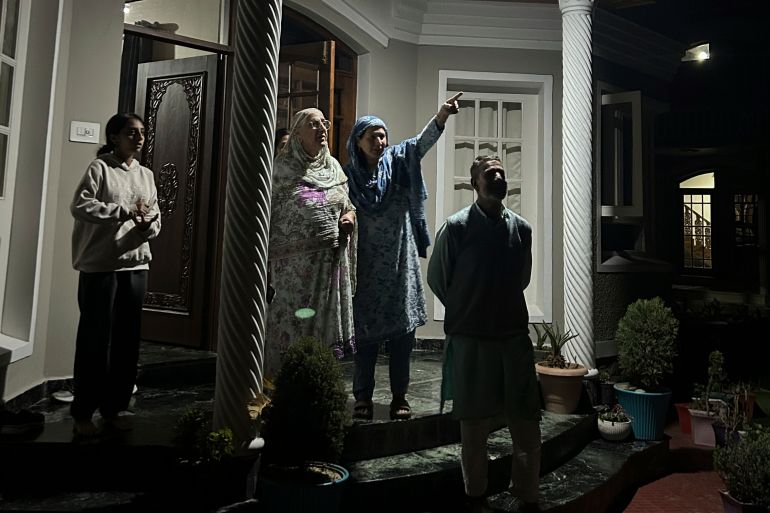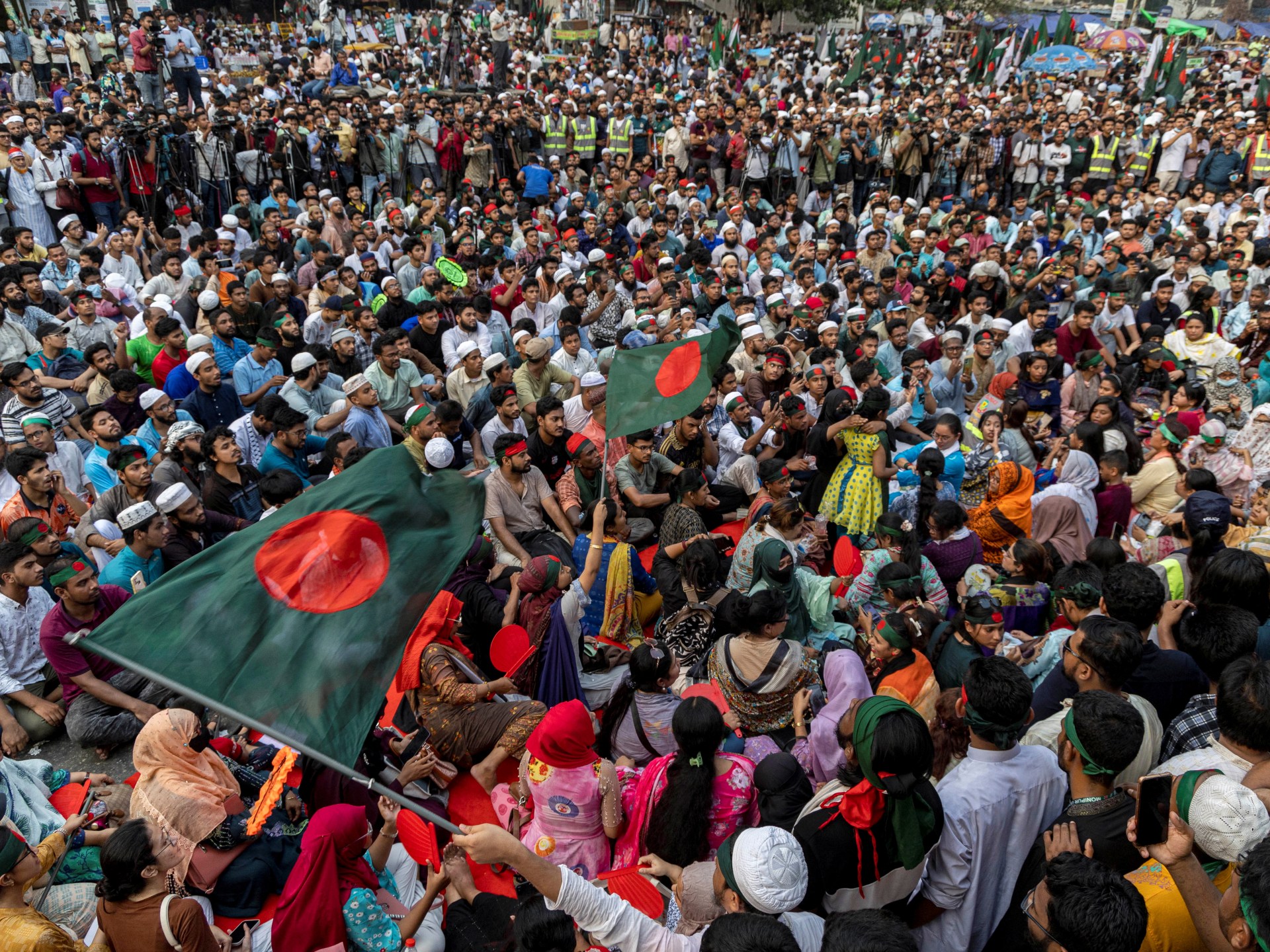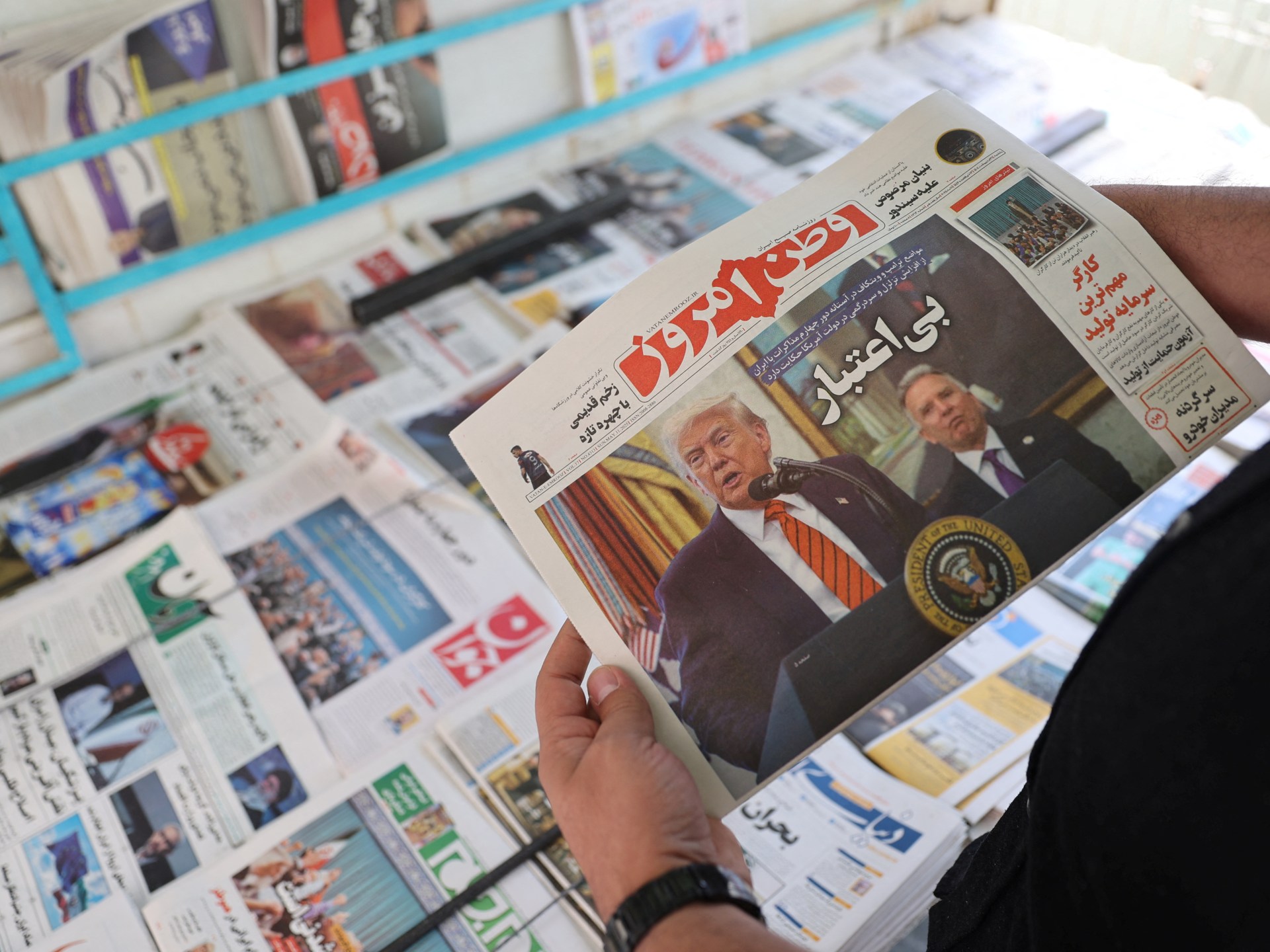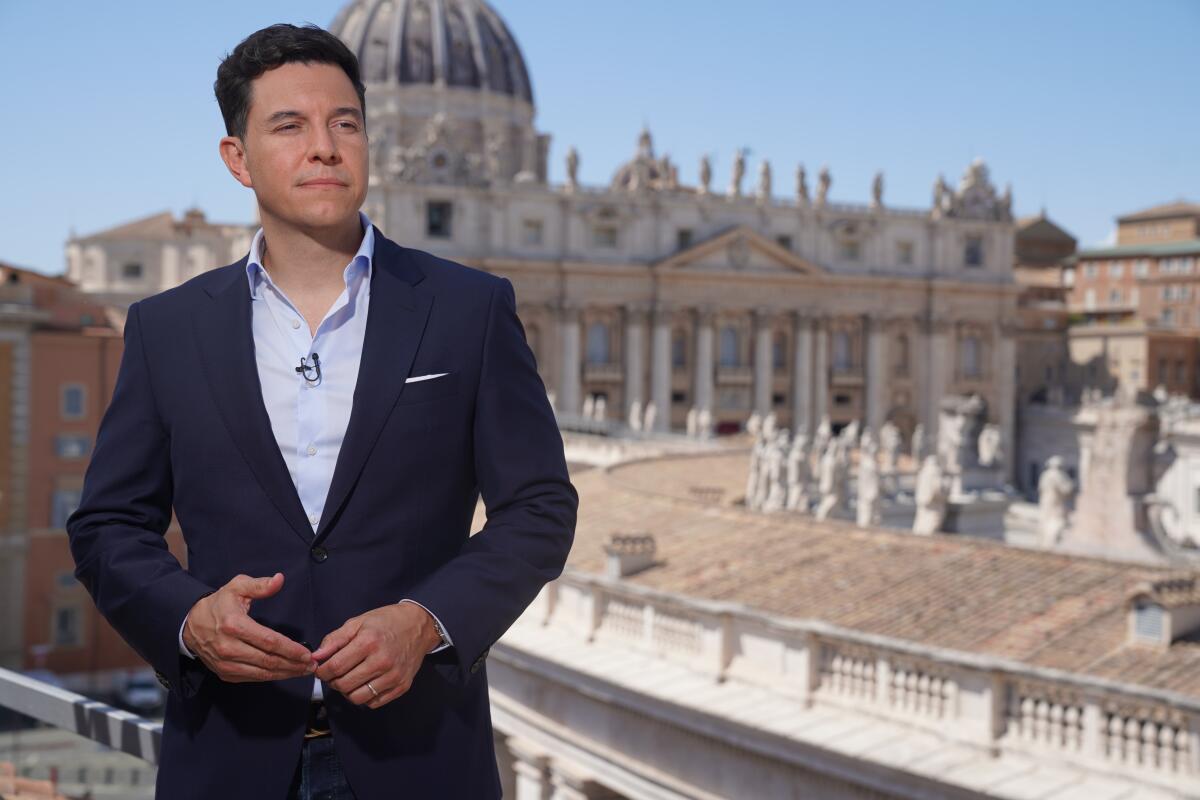Underneath the giant costumes of the characters that grew up with millennial children were real-life people, who have been involved in scandal and tragedy in life after the hit show
We all remember the four giant-sized, alien-like creatures running around in our screens causing mischief when we were little.
The Teletubbies could be considered one of the most iconic children’s TV shows in British history since they debuted in 1997. Their gibberish language and the differently shaped antennas coming out of their heads make them easily memorable.
The four Teletubbies were Tinky Winky, Dipsy, Laa-Laa and Po, and would be watched over by the Sun Baby and the Voice Trumpets. They all spread joy and laughter on the show to anyone who watched. However, they were quite renowned for mating so much so that they had to make a scene less X-rated, where one episode was banned.
The show originally ran from 1997 until 2001 on the BBC before being revived from 2015 to 2018. And in November 2022, Netflix launched a big comeback. But what happened to the original faces behind the masks?
READ MORE: Mystery animal that mauled and ate multiple dogs’ vital organs identified
Tinky Winky
Tinky Winky was the largest and oldest Teletubby was played by three actors, Dave Thompson, Simon Shelton, and Jeremiah Krage. Dave, who was the first to play the purple giant left the series after viewers started to question Tinky Winky’s sexuality.
Hardline US evangelist Jerry Falwell once attacked the show, saying: “Tinky Winky is purple, the gay pride colour, and his antenna is shaped like a triangle: the gay pride symbol.”
The official line was that he walked due to “creative differences”, but it was later reported that the show’s production company felt the actor had misinterpreted the role by “implying” Tinky Winky was gay.
“I am proud of my work for them. I was always the one to test out the limitations of the costume. I was the first to fall off my chair and roll over. I took all the risks,” Dave said regarding his departure. Since leaving the show Dave went into the business of standup comedy and performed with the Naked Balloon dance troupe in 2014.
After Dave’s departure, Simon, who was a ballet dancer and choreographer, took over the role as the Teletubbies grew in popularity in the UK and US. “We used to receive a lot of fan mail from kind and parents, I suppose we were a bit like The Beatles or Take That of children’s television,” explained Simon.
Tinky Winky’s orientation has also been a question Simon has had to answer. “People always ask me if Tinky Winky is gay,” he said. “But the character is supposed to be a three-year-old so the question is really quite silly.”
Tragically, Simon was found dead from hypothermia in Liverpool in January 2018 at the age of just 52-years-old. He had a high concentration of booze in his system and had known to have had problems with alcohol.
Dipsy
Dipsy may have been considered the coolest of the Teletubbies, played by stand-up comedian John Simmit. Explaining how he influenced the character, John explained: “Dipsy would say, ‘Papa Come Papa Come To Po’, which was actually my take on a classic reggae rhythm track called The Whip.
“And I’d slip in Jamaican dance moves, a Bogle there and a Tatty here. People spotted my little wink to my culture and I’m proud of that.”
John never hid from the truth of how hard and sweaty it was to work in the big suit they had to wear. “We had to wear really ugly underwear like those old Western long johns, which was essentially a onesie, but it was so it could absorb the sweat,” he said.
“When we were out of costume, you’d have to turn your face the other way and speak to us at a distance because we were reeking and so sweaty you could wring us out. Huge props to our dressers for putting up with us!”
Once the show came to an end after four years, John went back to being a comic and toured the country. John once said he has never revealed on stage that he was the man behind the Dipsy costume, but he does tweet about his time on the show and replies to fans’ messages. “The stand-up circuit is pretty close-knit so people got to know that I was Dipsy – but I never mentioned it on stage,” he previously said.
Laa Laa
The third Teletubby is Laa Laa with the curly antenna, the sweetest and most supportive of the gang, and was played by trained dancer Nikky Smedley. The 53-year-old got the role of Laa Laa after replying to newspaper ads for an actor to star in a new children’s TV show and stayed for the original four-year run.
But it wasn’t all fun and games as Nikky explained that the hot and heavy suits were a nightmare as they filmed for 11 hours at a time.
Once Teletubbies came to the end of its first run in 2001, Nikky stayed working for Ragdoll Productions on other shows. As well as Boohbah, Nikky has been involved in choreographing CBeebies favourite In The Night Garden – another popular kid’s show featuring strange, colourful characters.
Po
The baby of the family was little Po, who was by far the cutest and smallest of the lot. Softly-spoken Po could be seen blowing bubbles using her circular-shaped antenna and hurting around Tubbyland on her scooter.
Actress and presenter Pui Fan Lee took on the role shortly after leaving drama school – and in one incredible picture was seen lying down fast asleep with the body of her Po costume still on.
After the show ended, Pui raised a few eyebrows by taking part in lesbian sex scenes during Channel 4 show Metrosexuality. “Yes, I was Po, but I am an actress, and the role looked interesting. I didn’t take the lesbian role to be deliberately controversial,” explained the actress.
Pui would later return to children’s TV and was one of the first ever presenters on the CBeebies channel along with Chris Jarvis, who she also hosts Show Me Show Me with. The actress also had a minor role in Bridget Jones: The Edge of Reason and made a guest appearance in EastEnders in 2019.
The Sun Baby
The adorable Sun Baby popped up at the beginning of every episode to wake the Teletubbies up and as a signal for the end of the day. The original Sun Baby was played by Jess Smith, between 1997 and 2001, and is now in her 20s and was expecting her first child.
The child star also previously revealed that she was actually cast in the role when she was being weighed in hospital. At the time, producers let the baby Jess sit in front of a mirror and a camera while she watched her dad play with toys. Luckily, the sweet moment made baby Jess laugh so much that she was instantly cast in the coveted BBC role.
Speaking to BBC South East in 2017 about landing the role, Jess explained: “I was being weighed at the hospital. “My mum took me and it just happened to be the same time that the producer of the old series had come in and wanted the hospital to get in contact with them if they’d seen any smiley babies.
“It was just a case of sitting in front of a mirror and a camera and my dad playing with toys and race cars and that sort of thing to try and get me to laugh at the camera.” When the show was revived in 2015, a new baby called Berry took over the role and was even seen being cuddled by Jess in a cute snap.
